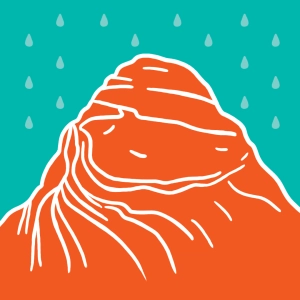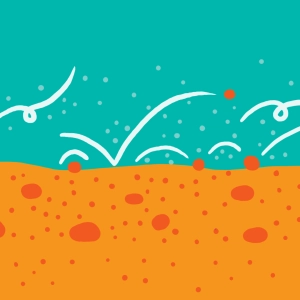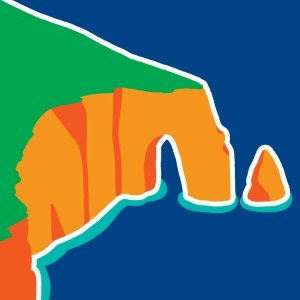 Weathering
Weathering
Learning objectives
- To illustrate the actions of wind and rain on landscapes.
- To compare the duration of weathering phenomena at the scale of geological time.
- To return to the role of erosion in the sedimenary rock cycle.
Rain, wind and freezing are the causes of the erosion of a landscape.
Wind erodes high places via a mechanical effect. Particles are torn away as it passes. The polishing or abrasive power of the wind is reinforced by the presence of sand and dust.
Water has a mechanical effect (from the impact of water drops, known as the "splash effect"), and a chemical one (dissolution of calcareous substances, like limestone).
The durations of the effects of these phenomena are quite variable -- from a few hours (avalanches, hurricanes) to several millions of years.
Note finally that gravity, which pulls all matter downward, is an omnipresent phenomenon in the levelling of terrain.

Discover EduMedia for free
The interactive encyclopedia that brings science and math to life in the classroom.
Over 1,000 resources





